AgentOps helps developers see inside their AI agents by logging every prompt, action, and cost. This review explains how it works, its features, setup, and why it’s becoming the go-to debugging tool for AI developers.
10 Website Marketing Techniques to Boost Your Traffic in 2025
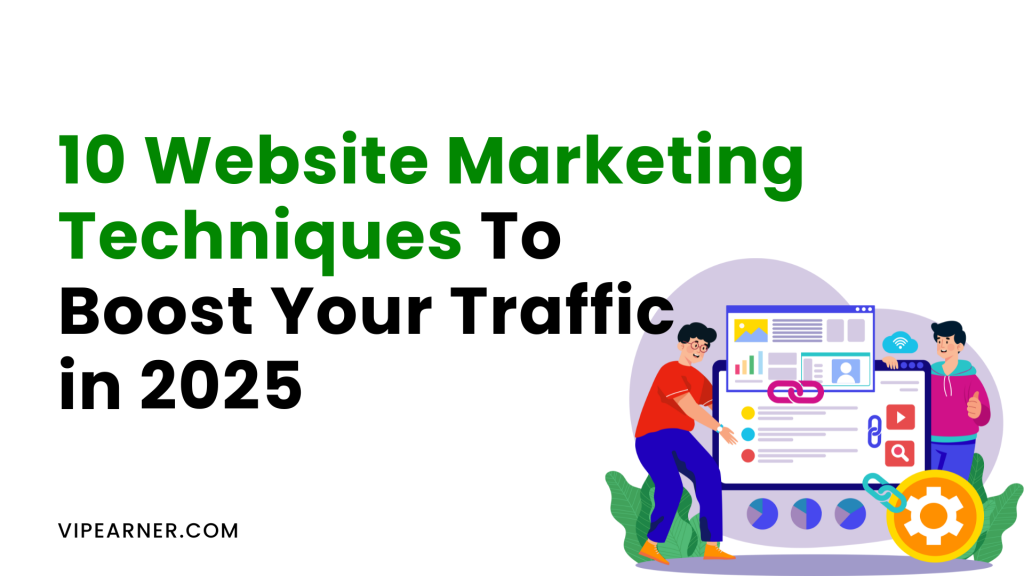
Website marketing techniques encompass a wide range of strategies designed to boost online visibility, attract targeted traffic, and drive conversions. From search engine optimization (SEO) and content marketing to paid advertising and social media campaigns, businesses employ various tactics to effectively promote their websites and reach their target audience in the digital landscape.
Search Engine Optimization (SEO)

Search Engine Optimization (SEO) is a crucial website marketing technique that involves optimizing your site to rank higher in search engine results pages (SERPs). To effectively implement SEO, focus on these key areas:
Keyword Research: Start by using tools like Ahrefs Keywords Explorer, Google Keyword Planner, or Moz Keyword Explorer to identify relevant keywords with high search volume and manageable competition. Prioritize long-tail keywords and question-based queries to address specific user intents and improve your chances of ranking for niche topics.
On-Page SEO: Optimize meta titles, descriptions, and headers (H1-H6) with targeted keywords 6. Ensure your content is well-structured, informative, and naturally incorporates relevant keywords. Use tools like the Detailed SEO extension to check proper header implementation 5.
Technical SEO: Improve page speed by implementing advanced caching techniques, optimizing images, and using lazy loading 8. Ensure your site is mobile-friendly and responsive across various devices. Fix broken links and improve site structure for better crawlability.
Link Building: Acquire high-quality backlinks from authoritative websites in your industry. Consider using reputable link building services like Page One Power or uSERP for strategic link acquisition, focusing on relevance and domain authority rather than quantity.
Content Marketing

Content marketing is a powerful website marketing technique that involves creating and distributing valuable, relevant content to attract and engage a target audience. Here's a concise overview of key content marketing strategies:
| Strategy | Description | Benefits |
|---|---|---|
| Blogging | Create informative, engaging posts addressing audience pain points | Drives organic traffic, establishes authority, improves SEO |
| Ebooks/Whitepapers | Offer in-depth resources in exchange for contact information | Generates leads, showcases expertise, builds email list |
| Case Studies | Showcase real customer success stories | Builds credibility, demonstrates value, increases conversions |
To maximize content marketing effectiveness, focus on creating a comprehensive strategy that includes keyword research, promotion plans, and an editorial calendar 6. Utilize a mix of gated and ungated content to balance lead generation with wider reach 7. Remember to tailor content to your specific audience and use local testimonials when applicable to increase relevance and trust 5.
Social Media Marketing

Social media marketing is a crucial component of modern website marketing strategies. To maximize its effectiveness, focus on these key areas:
- Platform Selection: Choose platforms where your target audience is most active. Research demographics and user behavior to identify the best fit. For example, if your audience skews younger, platforms like Instagram and TikTok may be more effective 1. For B2B marketing, LinkedIn often yields better results 2.
- Content Strategy: Share a mix of promotional and valuable content to engage followers. Use visuals and videos to tell your brand's story, as video content can receive up to 1200% more shares than text and image posts 3. Leverage user-generated content to boost authenticity and encourage community participation.
- Community Engagement: Respond promptly to comments and messages to foster relationships. Host interactive polls, Q&A sessions, and live events to encourage real-time interaction. Consider running themed quizzes or challenges related to your brand to drive engagement and shares.
Email Marketing

Email marketing remains a powerful website marketing technique, with an impressive ROI of $42 for every $1 spent 1. To maximize its effectiveness, focus on these key strategies:
- List Building: Create compelling lead magnets such as e-books, webinars, or free trials to entice visitors to subscribe 2. Place signup forms strategically on your website, including exit-intent pop-ups, to capture potential leads. Promote your email list through social media and your email signature to expand reach.
- Segmentation: Categorize subscribers based on demographics, engagement metrics, and shopping behavior to deliver personalized content. Use marketing automation tools to create dynamic segments that update automatically based on customer actions 4. This targeted approach ensures your messages reach the right audience at the right time, improving engagement and conversion rates 3.
- Automation: Set up automated workflows for various stages of the customer journey, including welcome emails, nurture sequences, and re-engagement campaigns 5. Use behavioral triggers to send targeted content based on subscriber actions, such as abandoned cart reminders or product recommendations 6. Leverage automation to clean your email lists regularly, improving deliverability and maintaining a healthy subscriber base 7.
Pay-Per-Click (PPC) Advertising
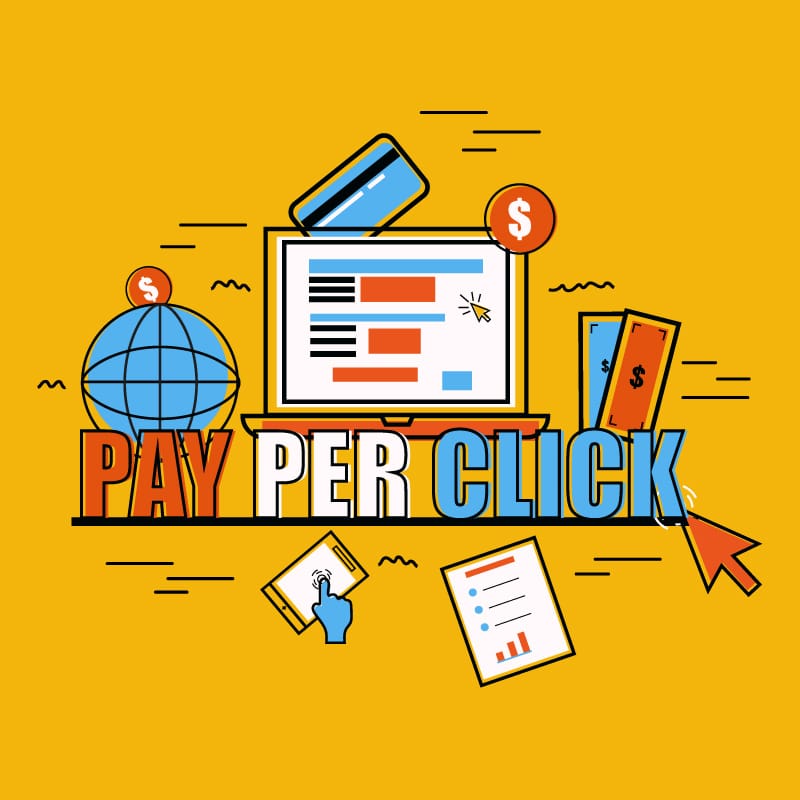
Pay-Per-Click (PPC) advertising is a powerful website marketing technique that allows businesses to reach their target audience quickly and effectively. When selecting platforms, consider your audience preferences and budget.
Google Ads dominates the market with a 28% share, offering extensive reach across search, display, and YouTube networks1. For B2B marketing or targeting high-earning demographics, Microsoft Advertising (formerly Bing Ads) can be a cost-effective alternative.
To create compelling ads, focus on emotion-driven copywriting that resonates with your audience's pain points and desires 3. Utilize A/B testing to optimize ad performance, experimenting with different visuals, copy, and calls-to-action 4. For budget management, start by analyzing historical data to understand cost-per-click trends and conversion rates.
Allocate 40-60% of your budget to high-performing platforms, 20-30% for testing new strategies, and 10-20% to niche platforms if applicable 5. Continuously monitor and adjust your campaigns to maximize ROI, leveraging automated bidding strategies when appropriate 6.
Affiliate Marketing

Affiliate marketing is a powerful website marketing technique that leverages partnerships to expand reach and drive sales. Here are key strategies for developing and managing a successful affiliate program:
- Program Development:
- Set clear terms and conditions, including commission structures and payment schedules
- Offer competitive commissions to attract quality affiliates (typically 5-30% depending on industry)
- Provide affiliates with marketing materials like banners, product images, and sales copy
- Partner Selection:
- Identify affiliates whose audience aligns with your target market
- Consider different types of affiliates like content creators, influencers, and coupon sites
- Analyze competitors' affiliate programs to find potential partners
- Performance Tracking:
- Use affiliate tracking software to monitor clicks, conversions, and revenue
- Regularly review affiliate performance and optimize partnerships
- Provide performance reports to affiliates to help them improve their strategies
To maximize success, focus on building strong relationships with affiliates through regular communication and support 2. Consider segmenting affiliates based on performance to tailor incentives and resources effectively 3.
Influencer Marketing

Influencer marketing has become a powerful website marketing technique, with 80% of consumers making purchases based on influencer recommendations 1. To leverage this strategy effectively:
- Identifying Influencers: Use tools like CreatorIQ or Heepsy to find influencers whose values align with your brand 2. Look beyond follower count and focus on engagement rates and audience demographics to ensure a genuine connection with your target audience.
- Collaboration Strategies: Develop authentic partnerships through product reviews, sponsored content, or social media takeovers. Allow influencers creative freedom to present your brand in a way that suits their style, maintaining credibility and improving your message's impact 3. Consider long-term relationships to build trust and consistency.
- Measuring Impact: Assess campaign effectiveness using metrics like reach, engagement rates, and conversions. Track influencer-driven traffic using unique URLs or promo codes 4. Utilize platforms like Sprout Social Influencer Marketing to gather comprehensive performance data, including audience growth and brand mentions 5.
Remember to set clear goals, communicate expectations, and adapt your approach based on performance metrics to maximize the success of your influencer marketing campaigns.
Conversion Rate Optimization (CRO)
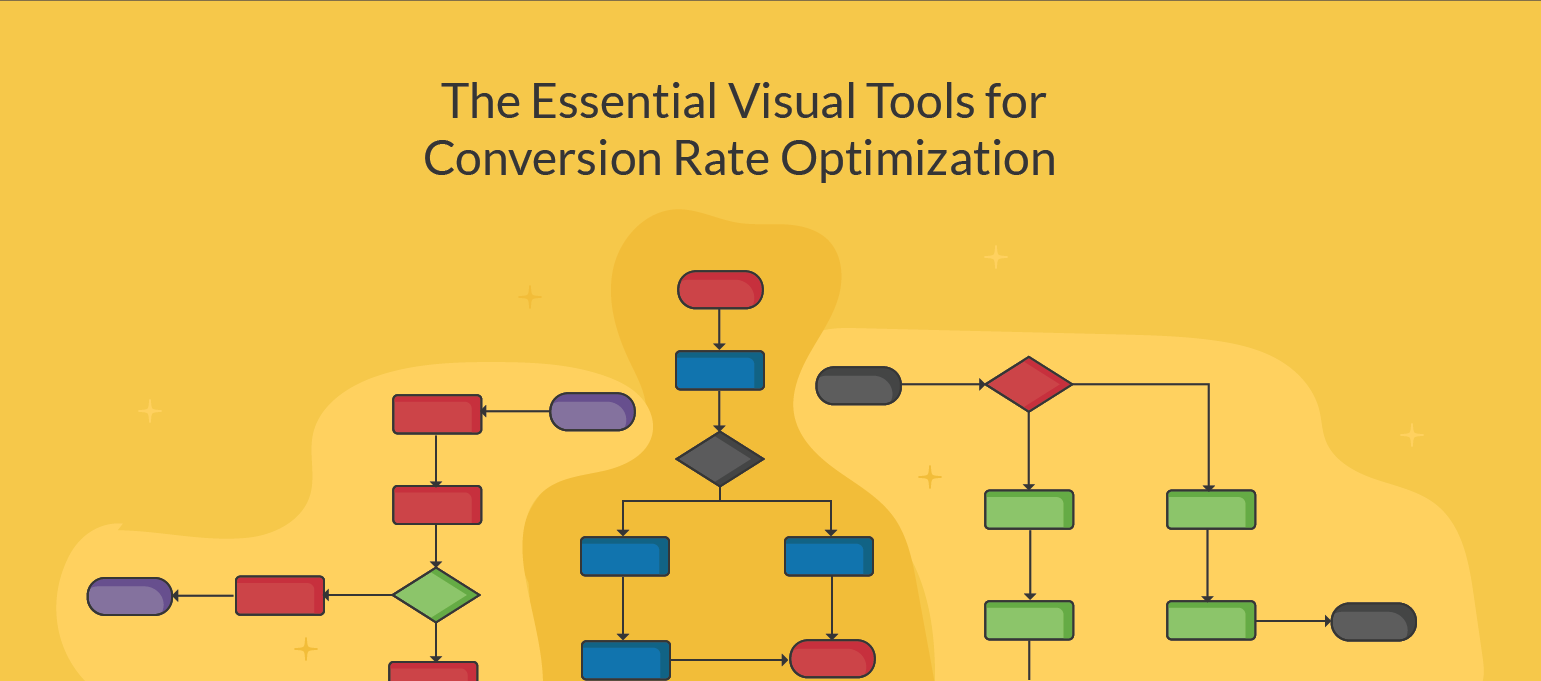
Create a Conversion...
Conversion Rate Optimization (CRO) is a critical website marketing technique that focuses on improving the percentage of visitors who take desired actions on your site. A/B testing is a cornerstone of CRO, allowing you to compare two versions of a webpage to determine which performs better 1. When conducting A/B tests, focus on elements like headlines, images, and calls-to-action to identify what resonates best with your audience 2.
To gather valuable user insights, implement usability testing surveys after testing sessions 3. These surveys can help you understand user preferences and pain points. For navigation, prioritize simplicity and clarity. Limit your primary menu to 5-7 top-level categories and use clear, descriptive labels for each link 4.
This user-friendly approach guides visitors toward desired actions, reducing friction in the conversion process 5. Remember to make data-driven decisions based on test results and user feedback to continually refine your website's performance 1 6.
Utilizing Analytics and Data
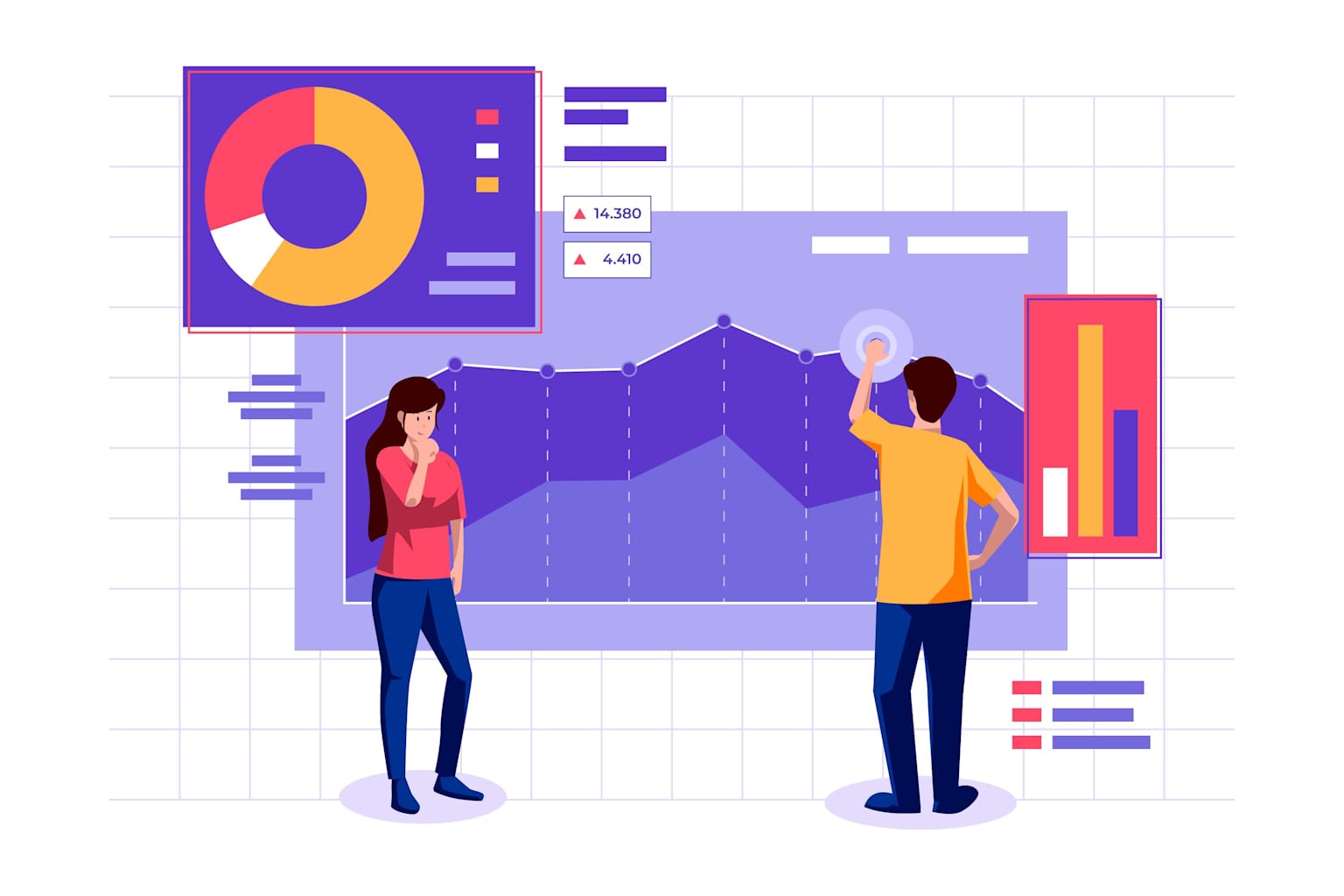
To effectively utilize analytics and data for website marketing, start by implementing Google Analytics 4 (GA4) on your site. Set up a GA4 property, add a data stream, and install the tracking code on your website 1 2. For WordPress users, plugins like MonsterInsights can simplify this process 1. Complement GA4 with tools like Hotjar or Crazy Egg for heat maps and session replays, providing visual insights into user behavior 3.
When interpreting data, focus on key metrics such as traffic sources, user behavior, and conversion rates. Analyze which channels drive the most engagement and conversions to optimize your marketing spend 4. Use Google Analytics to segment users based on entry points and examine how different traffic sources impact conversion rates 5. Pay attention to user flow to identify potential bottlenecks in your sales funnel and opportunities for improvement. Regularly review these insights to make data-driven decisions and continuously refine your website marketing strategies.
Embracing Emerging Trends
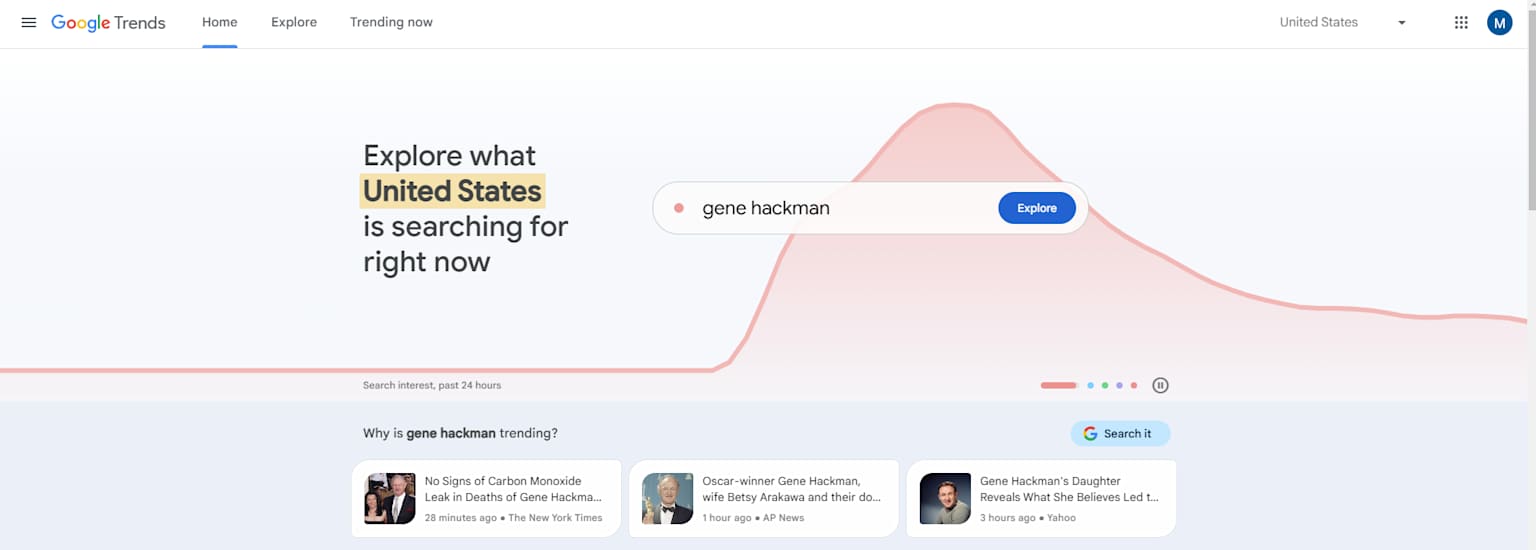
To stay ahead in the rapidly evolving digital landscape, embracing emerging trends is essential. Here’s how businesses can leverage voice search optimization, artificial intelligence, and video marketing to remain competitive:
- Voice Search Optimization: With the rise of voice-activated technologies, optimizing for conversational and question-based queries is critical. Focus on long-tail keywords and natural language that mirrors how users speak. Ensure your content provides concise answers to common questions, as voice search prioritizes quick and accurate results. For local businesses, enhancing local SEO with precise business listings and schema markup can significantly boost visibility in voice search results 1 2 3.
- Artificial Intelligence (AI): AI tools are revolutionizing marketing by enabling hyper-personalization. Use machine learning algorithms to analyze customer behavior and deliver tailored content through emails, push notifications, or dynamic product recommendations. Chatbots powered by AI can also enhance user experience by providing instant support and personalized interactions 24/7. These strategies not only improve engagement but also streamline marketing efforts for better ROI 4 5 6.
- Video Marketing: Video content continues to dominate online engagement. Platforms like YouTube and social media are ideal for sharing visually compelling stories that resonate with audiences. Experiment with formats like YouTube Shorts or live streams to capture mobile-first users and drive interaction. Branded thumbnails, SEO-optimized titles, and consistent posting schedules are key to maximizing reach and impact 7 8.
By integrating these trends into your strategy, you can future-proof your marketing efforts while delivering exceptional value to your audience.
Embracing Emerging Trends Part 2

Small businesses face unique challenges in digital transformation, with limited resources often hindering their online growth. A comprehensive strategy combining SEO, content marketing, and social media engagement can yield significant results. In one case study, a B2B software company implemented targeted SEO techniques, optimizing website content and structure for relevant legal keywords. This approach led to a 150% increase in organic search traffic within six months, with visitor numbers growing from 500 to 1,2501.
To achieve similar success, small businesses should focus on:
- Developing a user-friendly website with mobile optimization
- Creating high-quality, SEO-optimized content addressing customer pain points
- Leveraging social media platforms to expand reach and engage with the target audience
- Implementing data analytics tools to gain insights and refine strategies
By adopting these strategies, small businesses can overcome the digital divide, with 66% of businesses without a website reporting revenues of $100,000 or less, compared to higher revenues for those with an established web presence 2. This transformation not only boosts visibility but also drives lead generation, potentially doubling inquiries and demo requests within a six-month period 1.
E-commerce Growth

E-commerce businesses encounter notable hurdles with cart abandonment, which averages a staggering 70.19% across industries 1. This persistent issue can significantly impact sales and requires targeted strategies to address effectively.
To tackle cart abandonment, businesses can adopt methods such as retargeting ads and checkout process optimization. These approaches not only help recover lost sales but also enhance the overall shopping experience for customers.
Conclusion
Website marketing techniques are essential for driving traffic, engaging audiences, and achieving business growth. Key strategies include SEO optimization, content marketing, social media engagement, email campaigns, and PPC advertising. Implementing these tactics can significantly boost online visibility and lead generation 1 2.
To maximize results, businesses should focus on creating high-quality, relevant content, optimizing for search engines, and leveraging social media platforms effectively. Remember that success often comes from a combination of strategies tailored to your specific audience and goals 4.
Ready to take your website marketing to the next level? Subscribe to our newsletter for more expert insights, or download our free guide "10 Website Marketing Hacks for Rapid Growth" 6. For personalized strategies to boost your online presence, contact us today for a free consultation!

